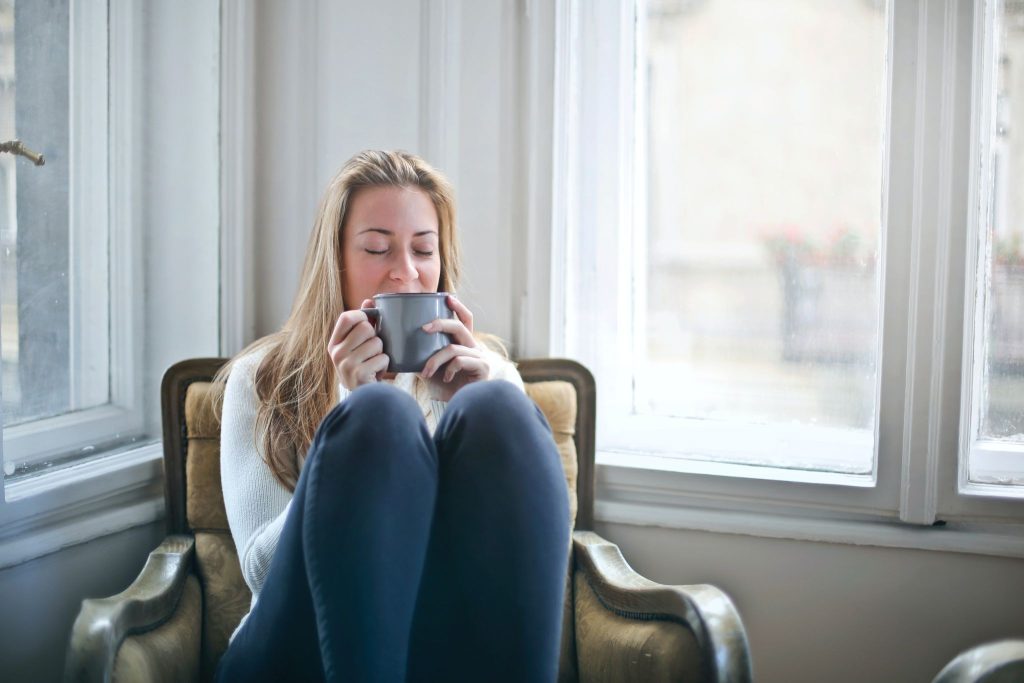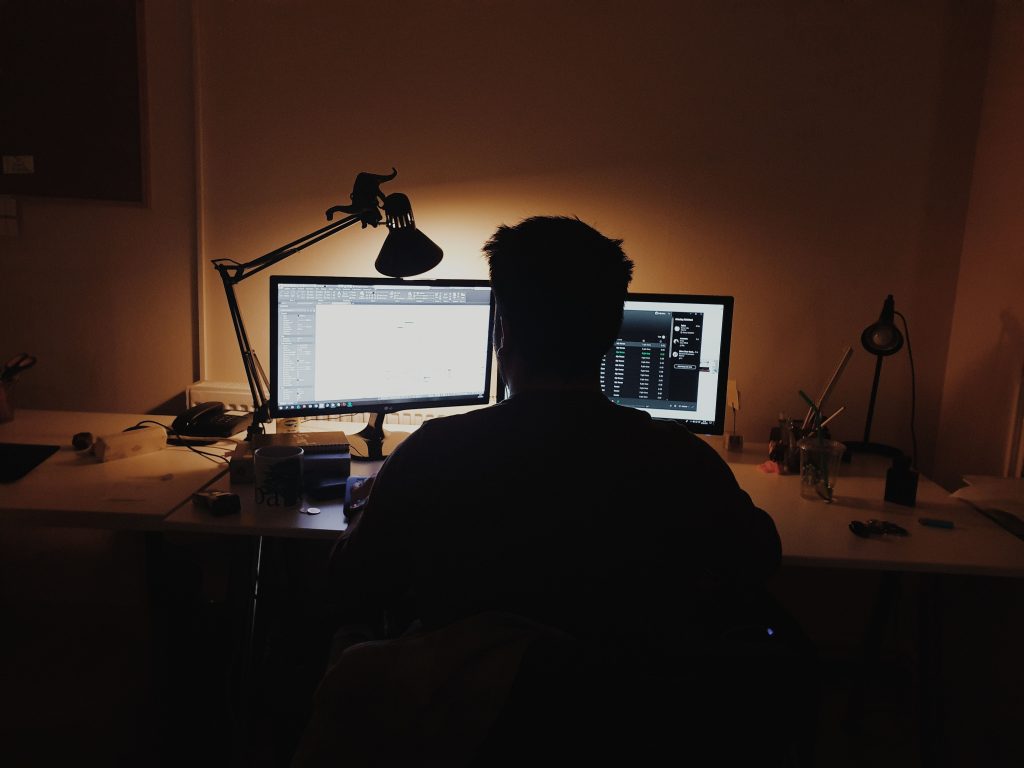To sign up for our daily email newsletter, CLICK HERE
With more and more people now working from home, many people have found themselves in a routine that has become more polarized toward staring at a screen or device at any given time. From the moment of waking, many find themselves staring at their phones, and then their computer screens within minutes.
After hours of staring at their monitors, many people may then consume entertainment to decompress from work either through their phones, the same monitors they used for work, or the TV. This constant screen usage has brought eyestrain to the forefront of common medical issues one may encounter at home.
In this article, we’ll go through some of the strategies on how to tackle eye strain problems at home, so you’ll know how to better give your eyes a break before permanent damages may occur over time.
What Are Some Ways to Deal with Eye Strain At Home?
Give Your Eyes a Break Between Prolonged Sessions

Prior to the pandemic when most people commuted to the office, the morning routine to the commute often involved the full attention of most people. This “break” between personal and work allowed many people to not use screens. For example, while they are driving to work.
With many people now working from home, constant screen use nearly every waking hour is much more common. The best tip for dealing with eye strain for anyone is to simply break up screen usage, if possible. This includes both in the short term and the long term.
For the short term, consider giving your eyes a break once every 15 minutes. While this may seem impractical for many, consistent breaks away from a screen is already a large improvement. If you often have hour-long meetings, consider attempting to take a break every hour. In some cases, consider looking away from your monitor during the meeting, if possible.
Finally, don’t forget to blink to allow your eyes to remoisten!
As you stare at the screen for prolonged periods, you may not be aware of the work and stress your eyes have keeping them trained on the monitor.
For long term considerations, try to break up the times you are looking at your monitor. For example, when you wake up, complete your morning routine from the moment you wake up without staring at any screens.
During lunch time or even after work, try to do activities that do not involve screen usage. For example, you could pick up some outdoor activities or sports that can also help contribute to your personal health as well since you may be sitting down all day. This is a win-win example you could utilize.
It may be tempting to immediately use your work from home laptop right after finishing work for personal use, as you may use it for both purposes, consider closing it and enjoying other activities.
Consider Alternative Screens with Eyestrain Settings
Often, the usage of screens is baked into our daily routines and removing them will cause unnecessary complications. In this case, consider investing into technology that will aid in reducing eye strain.
When it comes to your phone, consider utilizing apps that help reduce the strain on your eyes. While there are various apps, and even gadgets like computer glasses, that advertise in reducing blue light, it has been shown reducing blue light does not aid in reducing overall eyestrain.
Instead, change the settings on your screens to make it easier for your head and eyes to consume the content without needing to make extra effort.
For example, increase the font size or adjust your monitor so it is easier to read without needing to squint or stare at the screen. You can also reduce the brightness on monitors to make it less intense on the eyes, especially if you are sitting in dark rooms.
Some monitors also have met various certification requirements on reducing potential eyestrain during prolonged sessions. These monitors are mostly marketed toward gamers, such as new HDMI 2.1 monitors, but also have practical usage for those working from home or everyday use. These monitors are practical solutions toward minimizing eye strain.
The Lighting in your Room Matters

When your parents told you to turn on the lights while you were staring at a screen in your room, they had good reason to instill these rules to you.
Lighting plays a huge role in the overall strain your eyes need to do when consuming the content on your screens. This includes both the brightness of the room and the screen itself.
Imagine this, a dark room where you suddenly turn on an extremely bright screen. Your eyes will hurt a little while you attempt to adjust to the very bright screen. As you complete your session and turn off the screen, you’re unable to see in the dark room since your eyes were adjusted to the bright screen.
The amount of work your eyes need to do when moving from one brightness to another causes unnecessary stress that while may seem harmless, can cause consistent strain that can easily cause further eye problems months down the road.
When using a screen, consider adjusting the brightness of the lights in your room to better match how bright your screen is so your eyes are not constantly adjusting to the mismatch of room brightness to screen brightness. For certain media you may be consuming on your screen, like for example reading rather small text, consider having your light source behind you instead in front of you.
When it is behind you, your eyes need to do less work to read text compared to when the light source is in front of you, where your eyes will constantly need to adjust two different brightness settings (the screen brightness and the room brightness).
Conclusion
Eyestrain is a huge problem, whether you work from home or not, as we are now more glued to various devices more than ever. Using your phone, your computer, or even your TV all contribute to various eye strain problems throughout the day.
We’ve discussed various ways to help tackle these issues but the easiest recommendation we can provide is to simply give your eyes a break. Just like you need breaks, your eyes need their own breaks as well from constantly staring at various screens.